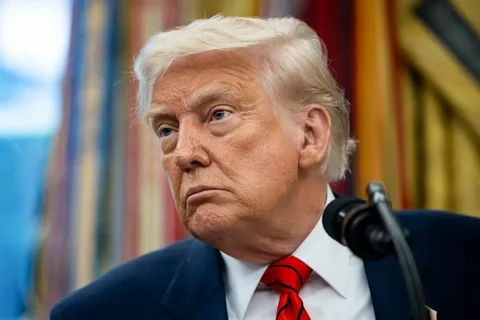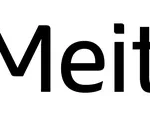Drug Pricing is the focus of a new international tempest, with the former President of the US Donald Trump’s combative executive action to slash prescription drug costs causing shock waves in the international pharma community. Targeted at bringing US Drug Pricing more into line with the rest of the world, this action stands to radically rework revenue streams, drive foreign drug Pricing up and create uncertainty across healthcare systems globally.
Read More: US Stock Futures Surge After 90-Day Tariff Truce Agreement
Global Pharma Responds: Revenue Risks and Market Shocks
Almost immediately after Trump signed the executive order, pharma stocks plummeted globally. Big players like Pfizer, Merck, and Eli Lilly in the US, European and Asian firms like Novo Nordisk, Roche, and AstraZeneca saw their market capitalizations decline sharply. Japan’s pharma index had one of its worst days in months, and Australian healthcare shares were not immune either.
This response is a result of Trump’s implementation of the “most favored nation” (MFN) policy, which requires drugmakers to sell their drugs in the US at the lowest price in the world. With US sales accounting for as much as 60% of revenue for some pharmaceutical firms, any sharp decline in American prices would cause them to recoup the loss by charging higher in less-regulated markets. Experts worry about a domino effect, in which price increases in Europe, Asia, and developing economies might follow.
Developing Nations Might Pay the Price
The effects of US reductions in drug prices might be particularly dire for developing nations and middle-income countries. Such nations commonly depend on cheap medicine and usually have less developed regulatory frameworks. When global drug leaders increase prices or postpone releasing new therapies to such nations, millions of patients stand to experience limited access and higher healthcare bills.
India, the world’s largest exporter of generic medicines, may also take a hit. With changing price benchmarks, Indian drugmakers could be forced to raise their own drug Pricing or suffer reduced competitiveness worldwide. Additionally, multinational companies might put pressure on countries with soft pricing mechanisms in the hope of making up for lost margins from the US market by taking advantage of the lesser protections elsewhere.
Also Read: Dubai Gold Price Dips Again: Will It Hit Dh360 Soon?
Innovation or Affordability: A Balancing Act
Trump’s executive order supporters state that American consumers have been paying too much for far too long, essentially subsidizing access to cheaper medicines for the rest of the world. The new drug pricing approach is viewed as one that helps restore fairness by making sure Americans do not have to pay more than other developed nations’ citizens.
Yet critics caution against unintended consequences. Binge pricing in the US has been a justification for years in helping to fund enormous investment in research and development. Cutting pharmaceutical company profits in their most profitable market may jeopardize their ability or willingness to innovate. Drug development down the line could slow, and lifesaving drugs could be pushed out or cut back because of less money.
This balance between lowering the drug Pricing and maintaining ongoing innovation is a complicated challenge for policymakers and business leaders to navigate.
What’s Ahead for Global Healthcare Systems?
The full implications of this revolution in drug pricing are yet to unfold. Trump’s policy can give short-term budgetary relief to American patients but the spillover impact on global healthcare systems could be profound and enduring. With overseas markets likely to confront higher prices, limited access, or both, governments and providers will have to get ready for an era of uncertainty and tough choices.
Though Americans might save billions on medication, the rest of the world might be paying for it.
For More Trending Business News, Follow Us 10xtimes News






